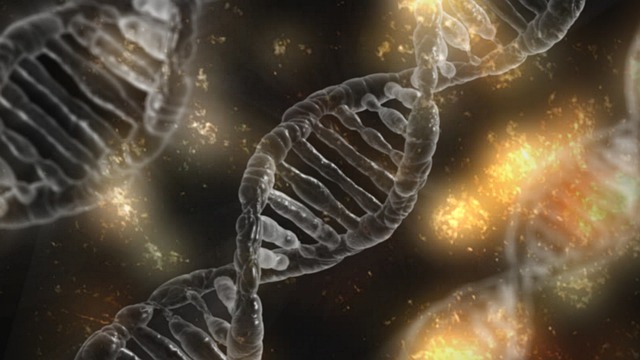
Developed by scientists at Fred Hutchinson Cancer Research Center in Seattle and led by Dr. Jennifer Adair, the novel treatment is being referred to as ‘gene therapy in a box’. It is designed to deliver potential HIV and cancer treatments to the poorest of nations, the ones without sufficient resources for state-of-the-art facilities and infrastructure.
The idea of having some kind of portable gene therapy treatment was conceptualized by Dr. Adair back in 2009. It was borne out of an exhausting 96-hour marathon treatment session which involved processing of just a single cancer patient’s cells in a clean room worth millions of dollars. Being able to sneak in only a few hours of sleep during those 4 days, not just for one but at least two other doctors, and doing all that for just one patient, it seemed impractical — there should be a better way.
In Dr. Adair’s words: “How are we ever going to be able to do this for more than one cancer patient a week? It just seemed harrowing.”
Years later, as Dr. Adair factored in costs, it became even more apparent that a simplified treatment process was needed. And it took a cell-processing device made by Miltenyi Biotec to kick off her growing idea. In its initial version, the device was able to separate stem cells from other blood cells using metal beads and magnets. In its second version (called the CliniMACS Prodigy), it could still do the same, but at an accelerated rate. Improving on it further, Dr. Adair, together with Tim Waters of Miltenyi, other Fred Hutch researchers and Washington State University scientists, were able reprogram and reconfigure the device such that it became capable of doing all the steps needed for gene transfer.
The new technology was demonstrated last October through a gene therapy for HIV that their team was testing. Using their automated (and wheeled) ‘gene therapy in a box’, they showed that cells that enter from one end of the box come out at the other end 30 hours later, and there was almost no human intervention or assistance needed.
Dr. Adair said: “We wanted to show that we could make the trial mobile, because we are kidding ourselves that treating someone in Seattle is going to have the same risks and outcomes as in South Africa.”
Right now, there’s a form of cancer treatment called CAR-T that might be what’s needed to get things rolling. CAR-T involves reprogramming of DNA immune system cells called T cells so that they attack tumors. It also requires a specialized facility where engineered genes will be added to a patient’s blood. The cost of transporting cells back and forth from specialized facilities for processing limits availability of the procedure to only an ‘elite few’ who can afford it. Which makes it unrealistic.
By automating CAR-T production using the instrument developed by Dr. Adair and colleagues, gene therapy treatment that is generally complex and expensive can potentially be transformed into a simple and affordable process. Instead of transferring cells from one lab to another, processing will be done in the portable gene therapy lab where the patient’s cells will be mixed with the necessary chemicals and engineered viruses for genetic code alteration. This eliminates the need for multi-million dollar clean rooms, specialized facilities, excessive manpower and even long waiting periods of time. This can, of course, substantially reduce the cost of treatment.
Swiss drug company Novartis AG (ADR)(NYSE:NVS) is one of the first to explore this type of automated and portable gene therapy approach. According to technologyreview.com, the Basel-Stadt-based big pharma last December completed a global test of children with leukemia in which 82 percent of kids and young adults treated with modified immune cells saw their tumors evaporate, and many stayed cancer-free.
Based on these results and latest development, there’s good reason to hope and be optimistic that with the pursuit of excellent science a treatment will become available for these kind of devastating diseases in our lifetimes.
- Bulenox: Get 45% to 91% OFF ... Use Discount Code: UNO
- Risk Our Money Not Yours | Get 50% to 90% OFF ... Use Discount Code: MMBVBKSM
Disclaimer: This page contains affiliate links. If you choose to make a purchase after clicking a link, we may receive a commission at no additional cost to you. Thank you for your support!

We constantly see articles about break throughs revolutionizing cancer treatment, but survival times for most cancers haven’t changed that much in decades, somehow the treatments never apply to the cancer you have, and the cure is always 5 years away, it’s all just a corrupt scam to get grant money, while toying with people’s desperate hopes.